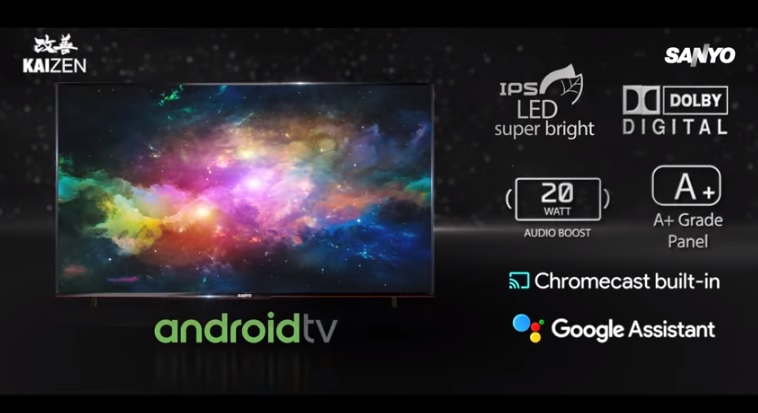understood before walking into a store. This is because the HDR, which is the High Dynamic Range, is the most important factor contributing to color accuracy and a high contrast ratio. These factors distinguish the bright area, making them significantly brighter and this, in turn, makes the picture look like it has more depth on the screen.
Besides having a brighter picture with greater depth, the color scheme for the image quality on the screen is also much improved, showing brighter blues, reds, and greens as well as other colors in between. For instance, an HDR screen with an image of a log burning will ensure that the details of the flame can be seen, which on a non-HDR screen will simply be reduced to a bright color without details.
What is the contrast ratio and how it affects the image quality?
The contrast ratio of an image is the difference between the brightest on the screen and the darkest black. Therefore, if the screen contrast ratio is supposed to 1000:1, it simply means that the white on the screen is 1000 times brighter than the darkestblack visible, making the images extremely detailed, giving high-quality pictures, even with low light pictures and shots. Just having a high number of pixels does not equate to having a better picture quality, and if you were to view one higher pixel set next to one with a higher contrast ratio and color accuracy, you would automatically opt for the latter, for Sanyo appliances,with better picture quality.
HDR capabilities of the sets
As the display quality if what defines a good televisionset, it is imperative to buy one with good configurations that will last for a few years.HDR for the television sets is extremely important, but you also need to find HDR content that will be streaming on that set, without which it is pointless to purchasea high-end HDR set. The main part of the HDR tag is so that the set can stream the HDR content comfortably. With an increased video consumption, HDR content is growing fast, making certain that the HDR TV that you have invested in, has diverse content to stream.
Types of HDR for the television
There are three main types of HDR technology that are used for the TV, and they are HDR10, Dolby Vision and HDR10+.
HDR10 – This uses static metadata, as opposed to dynamic metadata; this means thatwith the static data, it is a single instruction that cannot be modified with the changing scenes, and the format remains that same. So, if there isthe scene where there is jumping involved, the static metadata will ensure that all jumps are of the same height and length, no matter the scene of the movie.
Dolby Vision – This is a more expensive version, but with amazing picture quality. The only problem that may crop up with customers is that there is an additional charge that has to be paid to Dolbyand the TV sets will require a Dolby decoder for this type of higher quality HDR images.
HDR 10+ -This is an improvement for the HDR 10+, and unlike the HDR 10, this uses dynamic metadata, to ensure that each scene per frame can be fine-tuned to your liking. Using this feature, it allows filmmakers to add details which can now be viewed with the aid of the HDR10+ feature.
Therefore, before you go ahead a buy the latestgadget for your home, it is prudent to check the various features it offers for the full HD LED TV for your home. A lot of them are marketing gimmicks and should be checked thoroughly with extensive research




